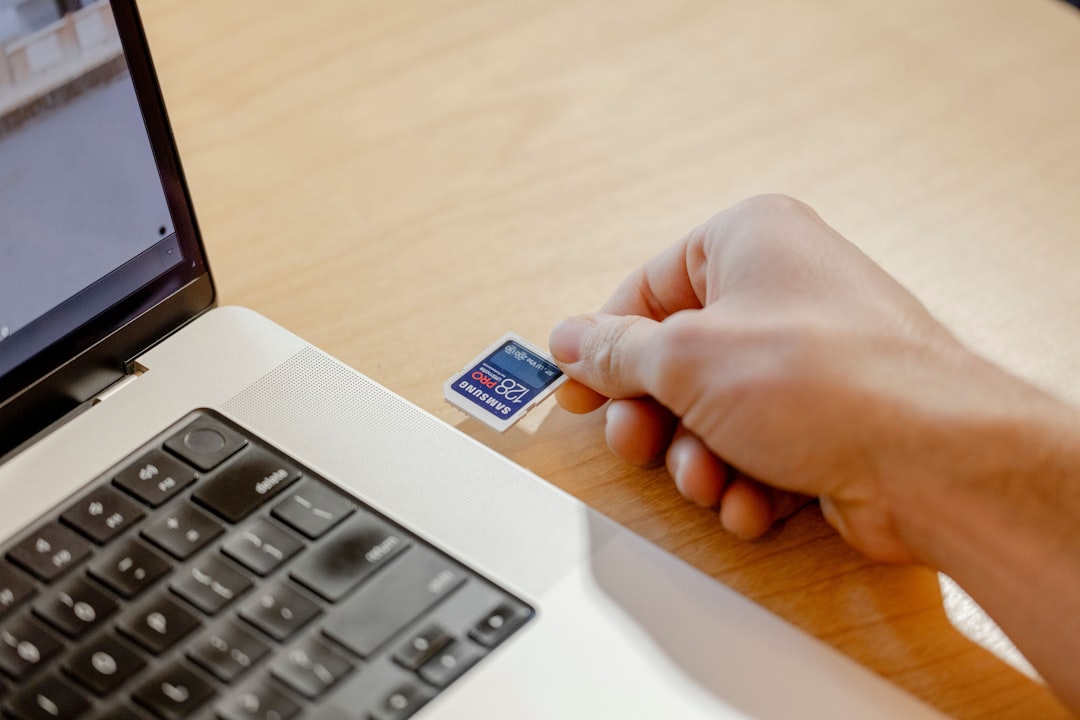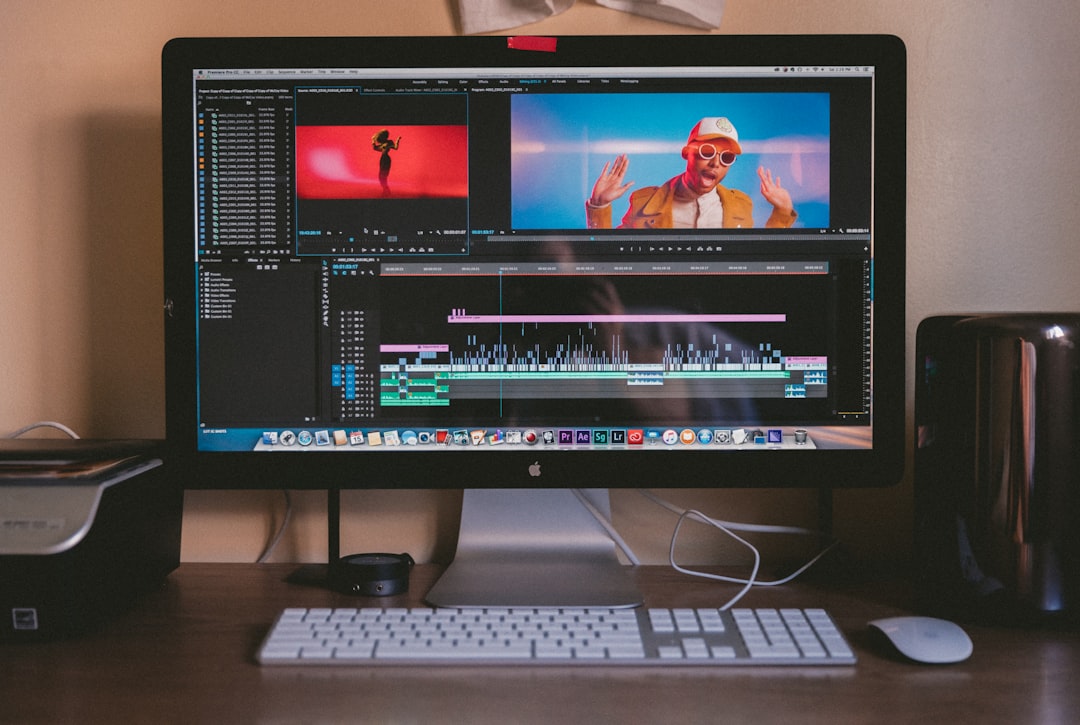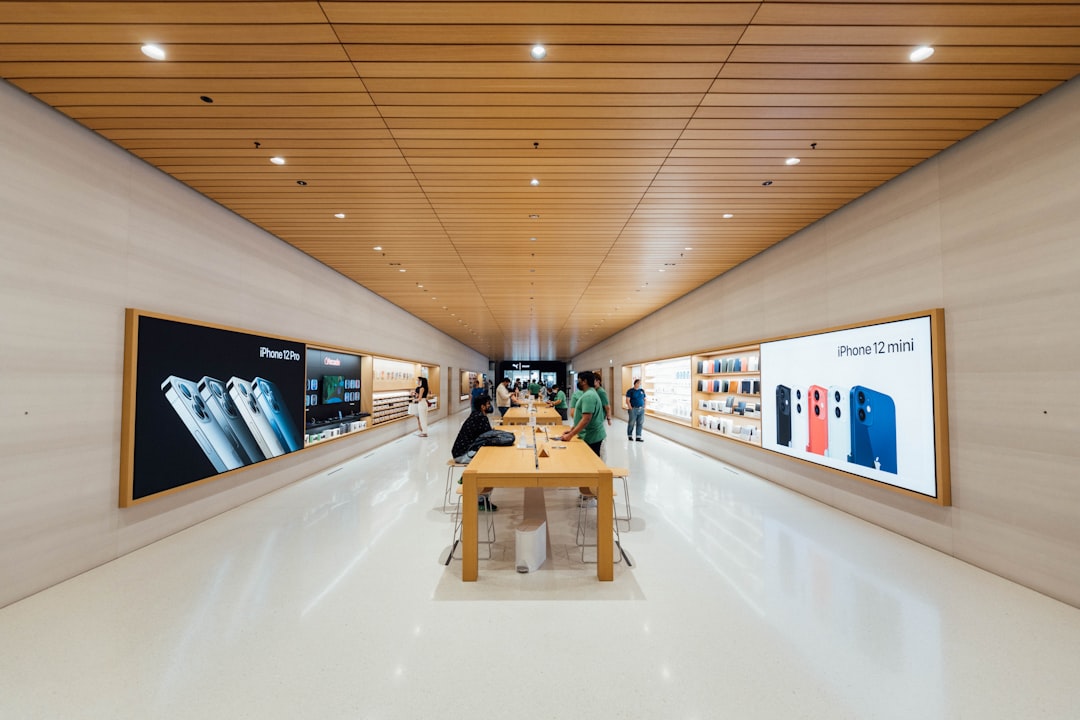If you’ve recently checked your credit card or bank statement and noticed a charge labeled iTunes.com/bill, you may be wondering where it came from, especially if you don’t recall buying anything from Apple. This is a common concern for many users who may not recognize charges or have forgotten about a subscription tied to their Apple ID. Here’s what to do if you encounter an unfamiliar iTunes bill and how to ensure you’re not caught off-guard by unexpected charges in the future.
First off, it’s important to know that Apple processes all purchases made via iTunes, the App Store, Apple Music, Apple TV+, and in-app services through a centralized system. So, even if the transaction you see doesn’t explicitly say “App Store” or the name of a particular app, it may still be related to a legitimate Apple service.
Step-by-Step: What to Do If You See an Unknown iTunes Charge
-
Review Your Apple Purchase History
Log into your Apple ID account page (appleid.apple.com), then navigate to Media & Purchases to view a history of all purchases made with your account. This will show you details of each transaction including app purchases, music downloads, and subscription renewals. -
Check Family Sharing Accounts
If you are part of Family Sharing, it’s possible the charge came from a family member’s purchase. Visit your Family Sharing settings to see all purchase activity. -
Verify Subscriptions
Go to Settings on your iPhone or iPad, tap your name, then select Subscriptions. Here you can find all active and expired subscriptions tied to your Apple account and determine if a recurring charge explains the transaction. -
Report a Problem to Apple
If you still don’t recognize the charge, visit reportaproblem.apple.com. You can review your recent purchases and contact Apple directly to dispute or report the unfamiliar charge.

Common Reasons for Unexpected iTunes Charges
- Automatic Subscription Renewals: Many apps and services offer free trials that convert into paid subscriptions unless canceled manually.
- In-App Purchases: Sometimes users (especially children) make purchases within apps without realizing they cost money.
- Multiple Apple IDs: You might have used an old or secondary Apple ID for a purchase that you’ve forgotten about.
- Fraudulent Activity: In rare cases, your Apple ID or payment information may have been compromised.
Prevent Future Billing Surprises
To maintain better control of your spending, follow these proactive steps:
- Enable Purchase Confirmation: Turn on Face ID, Touch ID, or password confirmation for every purchase.
- Use Parental Controls: Set limits on what content and purchases are allowed to prevent children from making unapproved transactions.
- Set Up Notifications: Enable email or push notifications for all purchases to monitor in real-time.
- Cancel Unused Subscriptions: Regularly review and cancel any services you no longer use to avoid being charged.

FAQs
-
Q: What should I do if I think the charge is fraudulent?
A: Visit reportaproblem.apple.com and report the transaction. You may also want to contact your bank to block and replace your payment card. -
Q: Can Apple refund an accidental purchase?
A: Yes, Apple allows users to request refunds for most purchases if done within a reasonable timeframe and with valid reasons. -
Q: How can I prevent children from making in-app purchases?
A: Use Screen Time settings to restrict content, require approval for purchases, and set purchase permissions for child accounts. -
Q: Is it possible to track iTunes purchases from multiple accounts?
A: You must log in separately to each Apple ID to view different purchase histories. Consider consolidating purchases under Family Sharing for easier tracking.
Understanding where iTunes charges come from—and how to manage them—empowers users to stay in control of their finances and use Apple services with confidence. Always keep a close eye on your account activity and don’t hesitate to contact Apple when something doesn’t look right.

